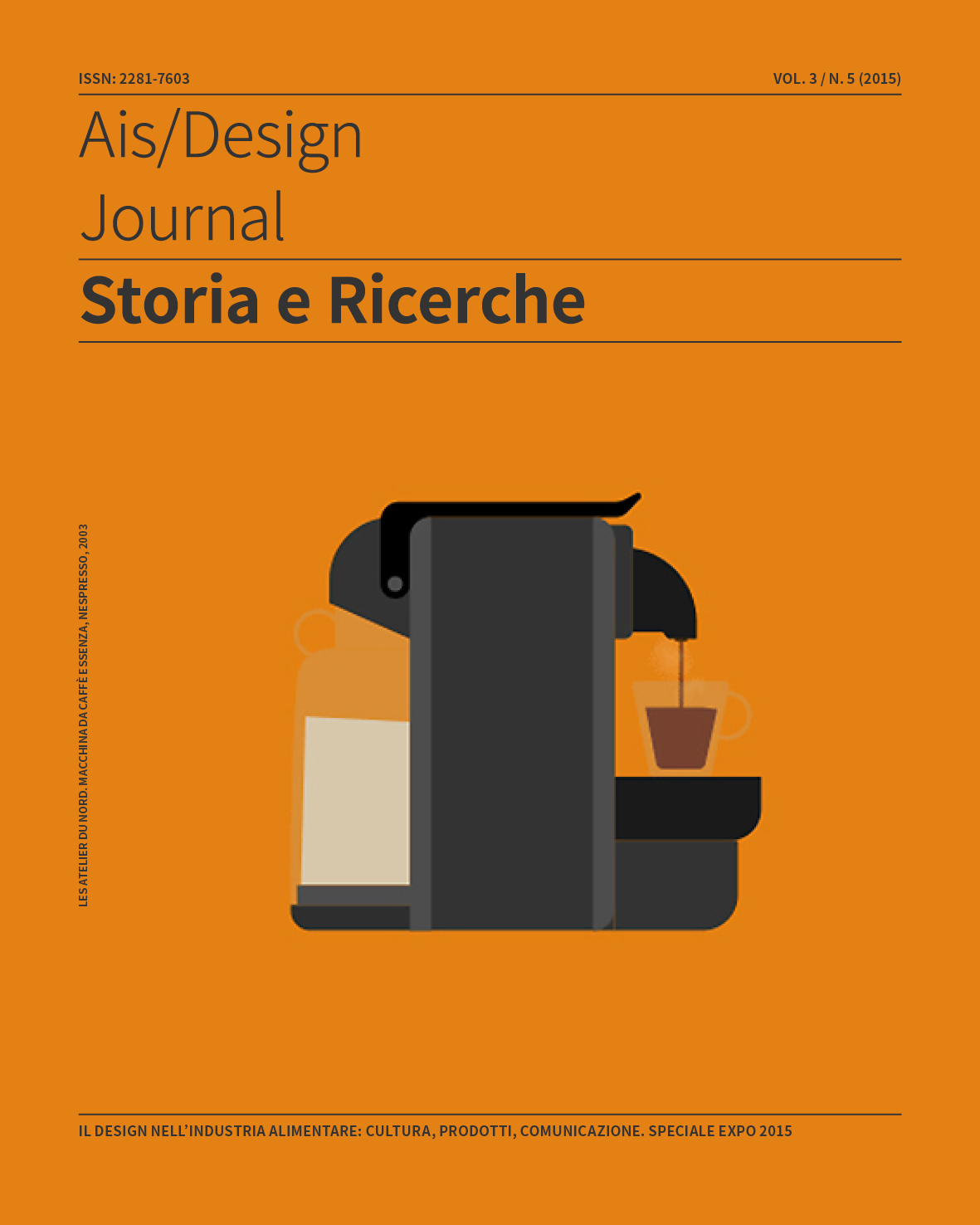Evolution of the Food Design Concept
Historic Intersections between Food, Design and Western Food Culture
Abstract
The text offers a wide-ranging reflection on the themes of technological development in the food sector and its relationship with society and territories, highlighting the role of ideologies and design criticism: both through the reading of phenomena by experts and communities that have expressed culturally mediated activities located within the framework of the globalized food system. The essay as a whole outlines the evolution of the relationship between design and nutrition from the second half of the 19th century to the present day, in the Italian and North American context. The examples presented here demonstrate how the transition to a mass society has provided a fertile environment for the world of food and design to interact. In its development, food design has been consolidating itself as an interdisciplinary field of study which has identified appropriate lines of research in respect to the different cultural nature of the contexts. Compared to the past, contemporaneity offers a reality in which contextual cultures hybridize and in which the local and global dimensions, the natural and the technological, the analogue and the digital, the industrial and the artisan coexist. The spaces of the project are increasing in which food and design scholars (together with experts from other disciplines) can find a common ground of study to contribute responsibly to the spread of food cultures that are more sustainable and less harmful for future generations.
Copyright (c) 2015 Marinella Ferrara, Sonia Massari

This work is licensed under a Creative Commons Attribution-NonCommercial-NoDerivatives 4.0 International License.
Creative Commons NonCommercial-NoDerivates 4.0 international License (CC BY-NC-ND 4.0).


